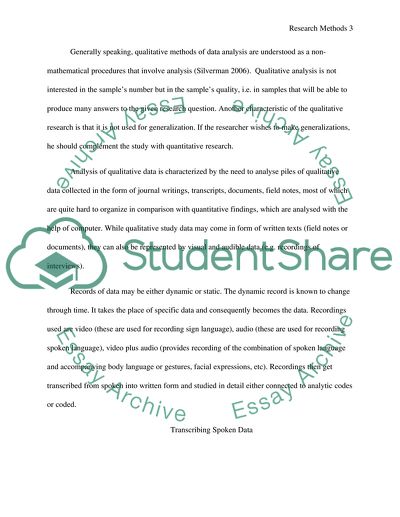Cite this document
(“The Differences Between Arabic and English Syntactic Structure Essay - 5”, n.d.)
The Differences Between Arabic and English Syntactic Structure Essay - 5. Retrieved from https://studentshare.org/humanitarian/1796591-research-methods
The Differences Between Arabic and English Syntactic Structure Essay - 5. Retrieved from https://studentshare.org/humanitarian/1796591-research-methods
(The Differences Between Arabic and English Syntactic Structure Essay - 5)
The Differences Between Arabic and English Syntactic Structure Essay - 5. https://studentshare.org/humanitarian/1796591-research-methods.
The Differences Between Arabic and English Syntactic Structure Essay - 5. https://studentshare.org/humanitarian/1796591-research-methods.
“The Differences Between Arabic and English Syntactic Structure Essay - 5”, n.d. https://studentshare.org/humanitarian/1796591-research-methods.


